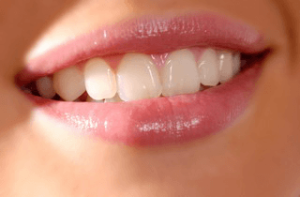Did you know that more than 23 percent of adults in the United States are thought to be affected by varicose veins? While the condition continues to affect Americans, the El Paso Desert West Vein & Surgery Center is dedicated to providing treatment and helping patients live a pain-free life.
Here is everything you should know about varicose veins:
What Are Varicose Veins?
A varicose vein is one that is twisted and enlarged. While any vein can become a varicose vein, the most commonly affected veins are found in the legs. This is because of the pressure exerted on your legs by your body when you stand or walk.
Some cases of varicose veins are only cosmetic, while other cases might cause discomfort, pain, or even lead to more serious conditions.
Symptoms of Varicose Veins
As already mentioned, not all varicose veins will cause pain and discomfort. You can identify this by their dark purple or blue, twisted, or bulging appearance on your legs. If your varicose veins are those that cause pain, you might experience the following symptoms:
- Swelling or muscle cramping in your legs
- Throbbing or burning sensation in the affected area
- Pain that worsens when you stand or sit for long periods
- Itching around your veins
- A heavy or itchy feeling in your legs
- Skin discoloration around a varicose vein
Common Risk Factors of Varicose Veins
While anyone could develop varicose veins, there are certain factors that increase your risk of the condition. These include:
- Age – The older you get, the more wear and tear your veins are exposed to, and the more likely you are to develop varicose veins.
- Genetics – You are more likely to develop varicose veins if someone in your family has had them.
- Sex – Female hormones such as those released during pregnancy and menstruation tend to relax vein walls, making women more susceptible to varicose veins.
- Pregnancy – During pregnancy, the veins in your legs might enlarge due to the increase in blood volume caused by your body’s need to support your fetus.
- Occupation – If your job requires you to sit or stand for long periods of time, your blood flow might be affected.
- Weight – Being obese or overweight exerts added pressure on your veins.
Varicose Vein Treatment Options
There are several treatment options available today for varicose veins. Typically, your healthcare provider will prescribe a treatment regimen depending on several factors such as the nature and severity of your symptoms. The following are some of the possible methods of intervention:
Radiofrequency ablation
During radiofrequency ablation, your doctor will target diseased veins using high-frequency waves emitted by a tiny catheter. The blood in these unhealthy veins will reroute to healthier ones nearby, alleviating your discomfort.
Sclerotherapy
Sclerotherapy involves injecting a special solution into your varicose veins to make them fade away gradually over time.
VenaSeal
This treatment involves delivering tiny amounts of adhesive into unhealthy veins to close them off and reroute blood flow to healthier veins.
Lifestyle Changes
Your doctor may recommend some lifestyle changes instead of or alongside other treatment options. You might be required to do the following:
- Avoid standing or sitting for long periods.
- Lose weight
- Elevate your legs at given times
- Adopt an exercise regimen
- Wearing compression stockings
Conclusion
The treatment methods discussed here are all minimally invasive, which is the preferred treatment method of board-certified general surgeon Atur Kasha, DO. If you have questions or concerns, you can contact Dr. Kasha for more information.

